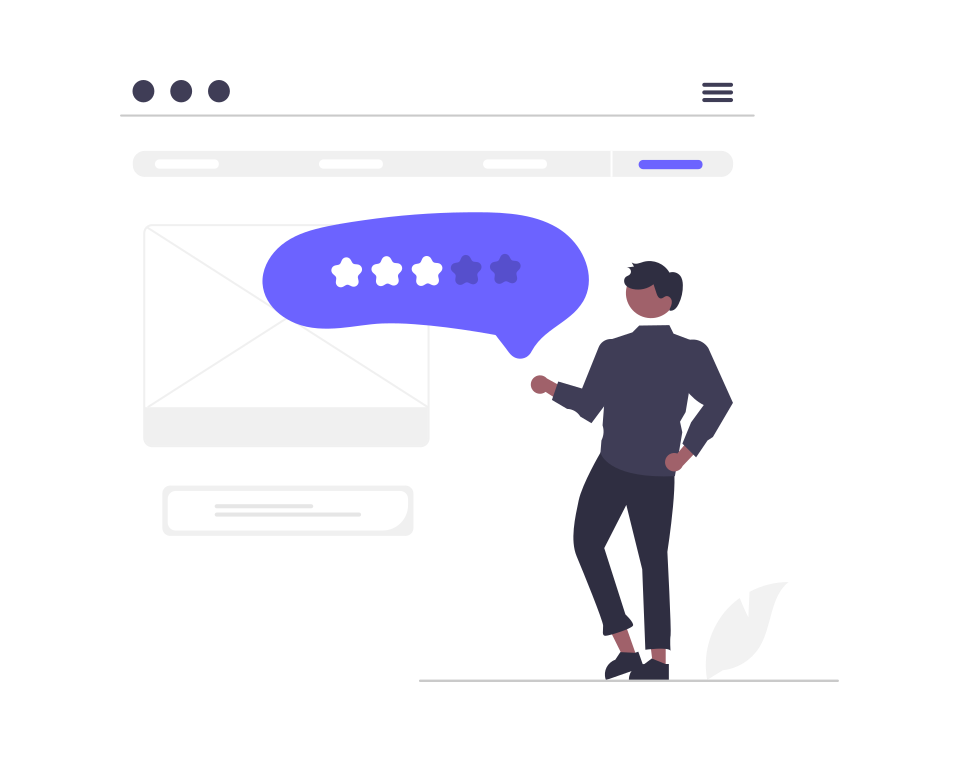Psychographic segmentation is transforming B2B marketing by delving into the psychological traits of target audiences. Unlike demographic or firmographic segmentation, psychographic segmentation focuses on the attitudes, interests, values, and lifestyles of individuals within businesses. This approach provides a richer, more nuanced understanding of your audience, allowing for more personalized and effective marketing strategies. Here, we explore the significance of psychographic segmentation and its impact on B2B marketing.
The Essence of Psychographic Segmentation
Psychographic segmentation categorizes individuals based on psychological attributes. Key elements include:
- Values and Beliefs: Core principles that guide decision-making.
- Interests and Hobbies: Activities and topics that engage individuals.
- Personality Traits: Characteristics influencing behavior.
- Lifestyle Choices: Daily habits and long-term lifestyle decisions.
- Attitudes: General outlooks towards life, work, and other areas.
Strategic Importance in B2B Marketing
1. Deep Audience Understanding
Psychographic segmentation goes beyond surface-level data to uncover the motivations and preferences driving customer behavior. This deep understanding helps businesses tailor their messaging to resonate on a personal level, fostering stronger connections and enhancing brand loyalty.
2. Enhanced Content Relevance
Creating content that speaks directly to the values and interests of your audience increases engagement. Psychographic insights enable marketers to produce highly relevant content that captures attention and drives interaction, leading to more effective communication and higher conversion rates.
3. Improved Product Alignment
Understanding the psychographics of your target market aids in product development and positioning. By aligning your offerings with the values and interests of your audience, you can ensure that your products meet their needs and expectations, resulting in greater satisfaction and loyalty.
Steps to Implement Psychographic Segmentation
1. Data Collection
Gather psychographic data through surveys, interviews, and social media analysis. Tools like sentiment analysis and text mining can also provide valuable insights into customer attitudes and interests.
2. Audience Profiling
Create detailed profiles for different psychographic segments. These profiles should include information on values, interests, personality traits, and lifestyle choices, offering a comprehensive view of each segment.
3. Targeted Marketing Strategies
Develop marketing strategies tailored to each psychographic segment. This involves crafting messages that align with the attitudes and interests of your audience, ensuring that your marketing efforts are perceived as relevant and engaging.
4. Continuous Feedback Loop
Maintain a feedback loop to refine your understanding of your audience. Regularly update your psychographic profiles based on new data and insights, and adjust your marketing strategies accordingly to stay aligned with your audience's evolving preferences.
Future Trends in Psychographic Segmentation
As data analytics and artificial intelligence (AI) technologies advance, psychographic segmentation will become more precise and actionable. AI can analyze vast amounts of data to identify subtle patterns and correlations, providing deeper insights into customer psychographics.
Moreover, integrating psychographic data with other segmentation methods, such as demographic and firmographic data, will offer a more holistic view of your audience. This comprehensive approach will enable businesses to craft even more personalized and effective marketing strategies, driving higher engagement and conversion rates.


